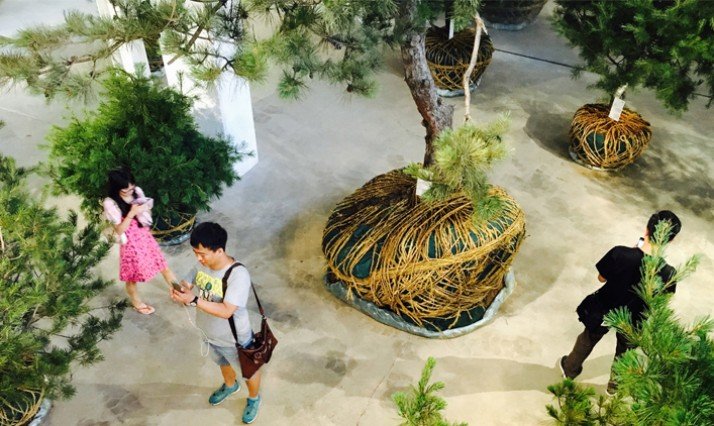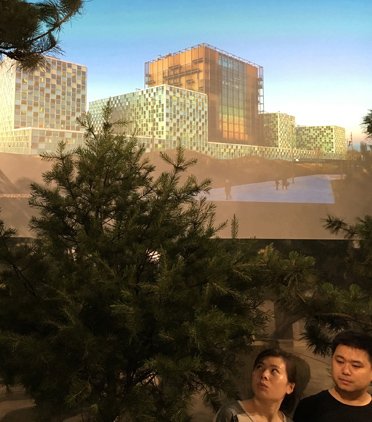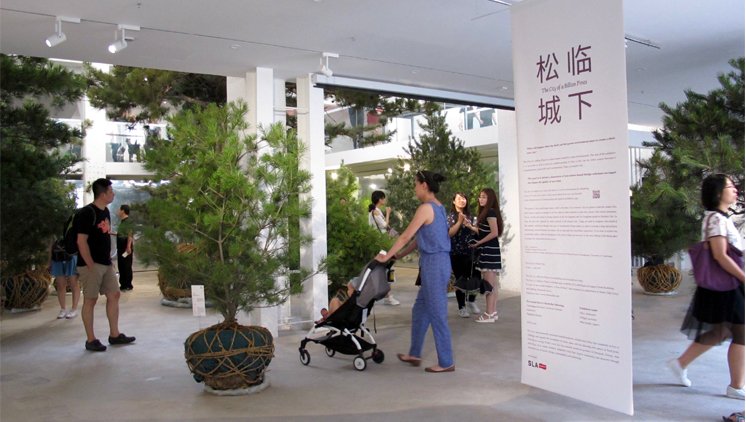SLA åbner “The City of a Billion Pines” i Dansk Kulturcenter i Beijing




“The City of a Billion Pines” præsenterer en naturbaseret vision for Beijings fremtidige udvikling. SLA’s udstilling åbnede d. 10. juni i Dansk Kulturcenter i 798 Arts District i Beijing. Udstillingen viser, hvad der sker, når by og natur mødes for at skabe en helt ny type by, og skaber på den måde en konkret forståelse af, hvad en by kan være, når naturen betragtes på linje med byggeri og infrastruktur. En komplet by.

“The City of a Billion Pines” er en del af et nyt initiativ A New Welfare – en platform for dialog og samarbejde i forlængelse af den danske deltagelse i Venedig Arkitektur Biennalen 2014, “Empowerment of Aesthetics”. Læs mere på www.anewwelfare.com.
Sted Danish Cultural Center, 798 Arts District, Beijing, Kina
Udstillingsperiodeperiode 10. juni – 3. juli 2016
Samarbejdspartnere SLA og Danish Cultural Center
Med støtte fra Realdania

Metropolises have since their rise in the 19th century given us tremendous opportunities to enhance material welfare, but we have also lost our connection to the very nature that has been the basis of our existence for millions of years.
The 20th century vision of the city as a machine has proved fatal for our well-being. City and nature have increasingly become separate entities, because urban planners have simply been more occupied with the built environment than the grown environment. Our behaviour has also contributed to nature changing gradually, for instance through climate change that continues to place increasing demands on the design our cities.
Urbanisation has transformed our living conditions fundamentally. It is a fact that our children will be the first generation of Homo sapiens to be born, grow up and die in cities. An urban generation whose collective existential question will be whether we can in reality live without a relation to nature.
There is a need for a new sustainable practice for the development of cities, which on the one hand restores the connection between nature and people, and on the other hand develops cities as resilient and sustainable systems. Therefore, we have to reinstitute nature as a prerequisite for our common well-being.